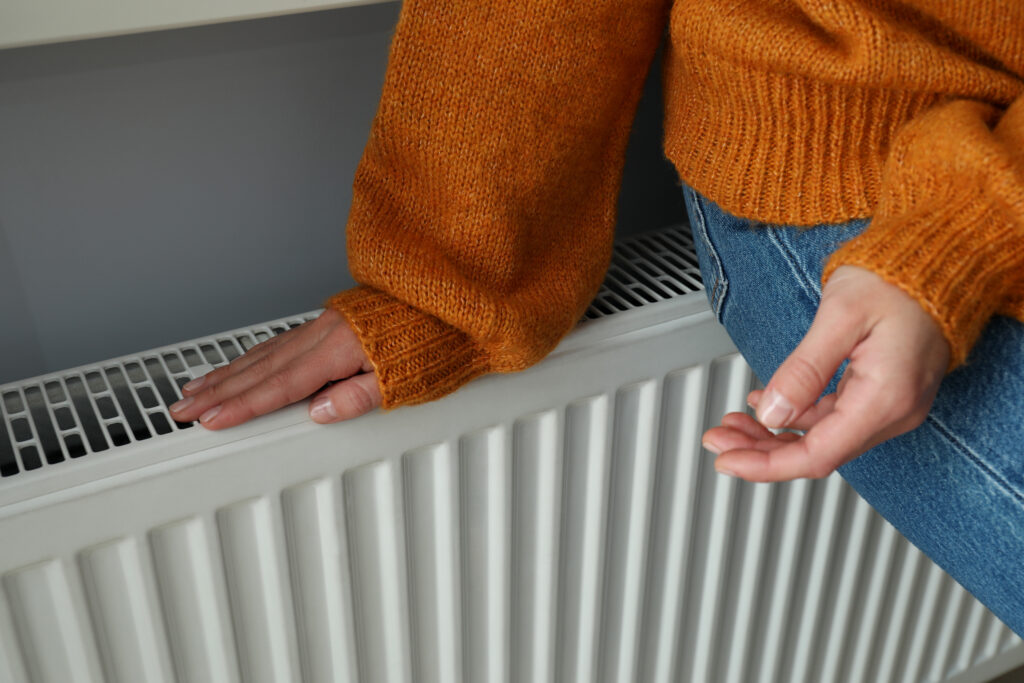Designing Bathrooms for Arthritis: Creating Safe and Comfortable Spaces
Designing a bathroom that is both safe and comfortable for people suffering from arthritis involves careful consideration of several aspects. With around 10 million people in the UK living with some form of arthritis, and the population continuing to age while exercise levels decline, the number of people affected by this condition is expected to grow. As a result, the demand for home adaptations, especially in bathrooms, is increasing to promote independent living.
Understanding the Needs of Arthritis Sufferers
Arthritis is a condition that causes pain and inflammation in the joints, making everyday activities challenging for those affected. The most common types include osteoarthritis and rheumatoid arthritis, both of which can severely limit mobility and dexterity. As such, bathrooms designed for people with arthritis need to focus on safety, accessibility, and ease of use.
Experts warn of an imminent arthritis epidemic due to the increasing prevalence of the disease, linked to aging populations and declining physical activity. The Accessible Housing Survey in June revealed that more than one million people in the UK plan to make disabled adaptations to their bathrooms, with many intending to implement changes either immediately or within a few years.
The Role of Bathroom Installers
Qualified and experienced bathroom installers play a crucial role in creating spaces that meet the diverse needs of people suffering from arthritis. These professionals can evaluate each aspect of the traditional bathroom and make it suitable for those with limited mobility. By working with an experienced installer specializing in disabled adaptations, homeowners can ensure their bathrooms are designed to enhance safety and accessibility.
Key Features of an Arthritis-Friendly Bathroom
Creating an arthritis-friendly bathroom involves incorporating several key features that address the specific needs of individuals with limited mobility and dexterity. One critical component is the use of mobility aids, such as grab rails and bars, which assist individuals in moving around the bathroom safely. These aids should be strategically installed around toilets, baths, basins, and shower areas to provide support where it is most needed. They must be strong enough to support significant weight, typically up to 100kg, ensuring they are reliable and safe. Good quality bathroom aids are usually made from UPVC, known for its strength, hygiene, and ease of cleaning.
Washing Zones
Washing zones in arthritis-friendly bathrooms can vary depending on budget and personal preference. Walk-in baths are an obvious choice for ease of access, eliminating the need to climb over high edges and reducing the risk of falls, but they can be costly. A more cost-effective alternative is a level access wet room, which removes trip hazards and maximizes available space. This design is particularly beneficial for wheelchair users and those with severe mobility limitations. When selecting a shower model, it is essential to consider options that feature easy-to-use controls for temperature and flow, accommodating limited dexterity.
Toilets
Toilets are a vital aspect of any bathroom, and adaptations can significantly enhance their accessibility. Raised toilet seats make it easier for individuals to sit and stand, reducing strain on the knees and hips. Specially designed toilet chairs can further facilitate access to toilet facilities, providing stability and support. In addition to toilet design, the flushing mechanism is also important. Lever flush mechanisms are preferable for arthritis sufferers, as they do not require a firm grip.
Washbasins
The design of washbasins should prioritise ease of use for individuals with limited hand mobility. Lever taps are recommended, as they are easier to operate than traditional twist taps. They require minimal force and effort, making them suitable for those with arthritis.
Heating Systems
Efficient and accessible heating systems are crucial in bathrooms for arthritis sufferers, ensuring comfort and ease of use. Boilers with easy-to-use thermostatic controls help maintain consistent water temperature, reducing the risk of burns and making temperature adjustments simple. Smart heating systems allow users to control temperatures remotely or through voice commands, providing convenience and reducing the need for physical adjustments. Modern boilers with safety shut-off features can prevent overheating, adding an extra layer of protection.
Plumbing
Plumbing systems should be designed with accessibility and efficiency in mind to ensure ease of use. Lever-operated taps throughout the bathroom make it easier for individuals with limited grip strength to control water flow. Anti-scald valves help prevent accidental scalding by regulating water temperature, ensuring safe usage. Exposed or easily accessible pipework can facilitate maintenance and repairs, reducing the physical strain involved in addressing plumbing issues.
A one-size-fits-all approach is not effective when designing bathrooms for arthritis sufferers. Each individual has unique needs and varying levels of mobility, necessitating a personalised approach to bathroom design and installation. Consulting with a specialist in disabled bathroom adaptations ensures that the design meets specific requirements, enhancing safety and promoting independent living.
Promoting Independent Living
The ultimate goal of designing arthritis-friendly bathrooms is to promote independent living for those affected by the condition. By incorporating the right adaptations, individuals can maintain their autonomy and enjoy a higher quality of life. Key benefits of an arthritis-friendly bathroom include increased safety by reducing the risk of slips and falls through thoughtful design and appropriate aids, enhanced accessibility by ensuring all areas of the bathroom are accessible regardless of mobility limitations, and improved comfort by creating a space that is easy to navigate and use, reducing stress and discomfort.
The Future of Bathroom Design for Arthritis Sufferers
As the demand for arthritis-friendly bathrooms continues to grow, innovation in design and technology is likely to advance. Future trends may include the integration of smart technology to automate and simplify bathroom functions, such as motion-activated lighting, touchless faucets, and voice-controlled showers. There will also be an emphasis on sustainable design, using eco-friendly materials and water-saving fixtures to create bathrooms that are not only accessible but also environmentally responsible.
Conclusion
Designing bathrooms for individuals with arthritis requires careful consideration of their specific needs and challenges. By incorporating essential features and working with experienced installers, homeowners can create safe, comfortable, and accessible spaces that promote independent living. As the prevalence of arthritis continues to rise, adapting our homes to accommodate this growing population is crucial in enhancing their quality of life and supporting their independence.
Whether it involves installing grab rails, choosing the right taps, or creating a level access wet room, each adaptation contributes to a more inclusive and accommodating bathroom environment. By prioritising accessibility and safety, we can make a significant difference in the lives of those living with arthritis, empowering them to navigate their homes with confidence and ease. Contact the team at Heat-Tec today.




